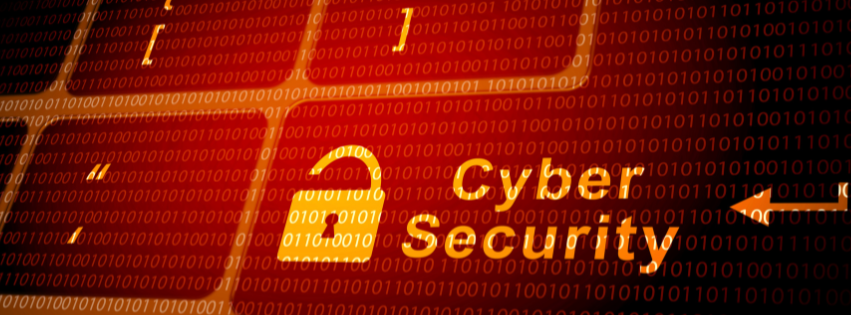2. Common Types of Cyberattacks:
a) Phishing:
Phishing is a technique where attackers impersonate legitimate institutions, such as banks or technology companies, to steal sensitive data such as passwords, credit card numbers, and other personal information. It usually occurs through emails, text messages, or fake websites.
b) Ransomware:
Ransomware attacks are among the most dangerous threats. They involve taking control of a victim’s files and demanding a ransom (usually in cryptocurrency) to release them. These attacks can completely paralyze businesses if preventive measures are not taken.
c) Malware:
Malware is malicious software designed to harm, disable, or take control of a computer system. Viruses, worms, and trojans are examples of malware and can be transmitted through infected emails, file downloads, and compromised websites.
d) Denial of Service (DDoS) Attacks:
This type of attack overloads a server or network with massive traffic, preventing legitimate users from accessing services. Attackers use a network of compromised devices to generate an uncontrollable flow of data.
3. How to Prevent Cyberattacks:
a) Update your devices and software:
Always keep your devices and applications up to date, as security updates often include patches for vulnerabilities that attackers could exploit.
b) Use strong passwords:
Use long, complex passwords that combine letters, numbers, and special characters. Also, enable two-factor authentication whenever possible.
c) Avoid clicking on suspicious links:
Do not click on links in emails or text messages from unknown sources. If a message seems suspicious, verify its authenticity before interacting with it.
d) Install good antivirus software:
Using updated antivirus software can help detect and block threats before they damage your system.
e) Back up your data regularly:
Regularly back up your important files. If you fall victim to a ransomware attack, backups might be your only way to recover your data without paying the ransom.
4. How to Detect a Cyberattack:
Recognizing the signs of a cyberattack can be key to acting quickly. Common signs include:
- Unusual slowness or frequent system crashes.
- Missing or locked files and documents.
- Strange pop-ups or warning messages.
- Unauthorized changes in security settings.
5. What to Do if You Experience a Cyberattack:
If you think you’ve been the victim of a cyberattack, follow these steps:
- Disconnect your device from the internet to prevent the attack from spreading.
- Report it to your service provider or a security expert.
- Change your passwords, especially for bank accounts and social media.
- Run an analysis with a reliable antivirus software to remove any malware.
- Consider filing a report with authorities if the attack involves the theft of sensitive or financial data.



Deja una respuesta